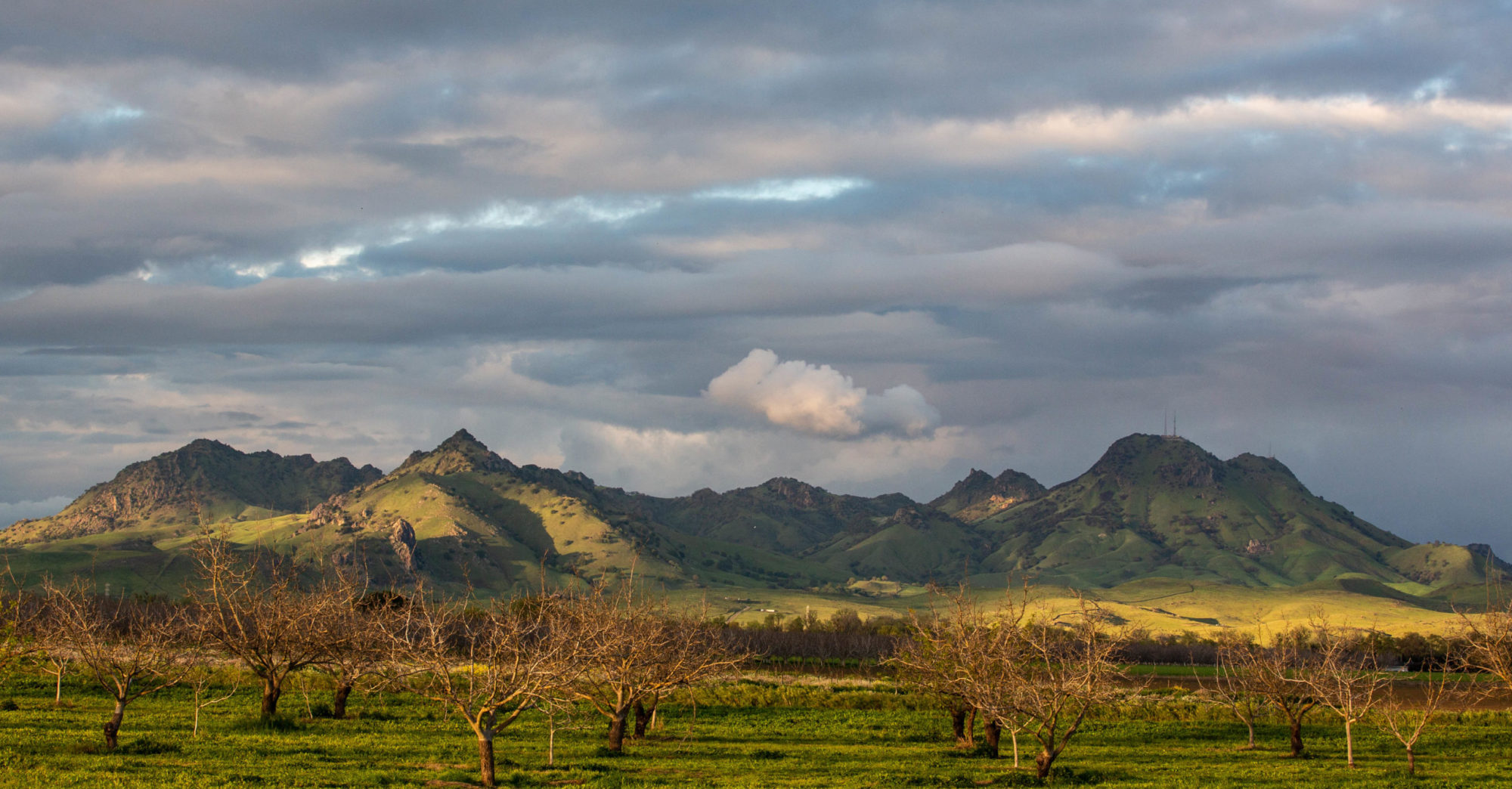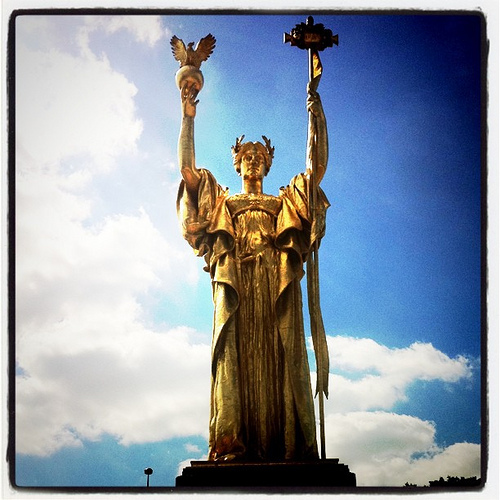
‘A Lone Grave, on Battle-Field of Antietam.’ (Photographer: Alexander Gardner. National Park Service: Historic Photos of Antietam battlefield. Click for larger image.)
Texts with my brother John this morning:
John: Anniversary of Antietam … just FYI.
Me: John, you’re just about the only person I know who’d be thinking about that.
John: Yeah…I looked at the date on my faithful iPhone and it jumped right out at me…It is a cool pleasant day here in the east and I reflected that some of those soldiers that day may have taken note of similar weather, never getting a chance to enjoy it…a melancholy thought. In any event, I am currently working on some glass (engraving) and am enjoying the weather as well..and remembering all those young men…149 years ago…
Me: It’s beautiful out here as well. And yes, a lot of life, and lives, were swept away that day.
If you’re not familiar with Antietam: Fought September 17, 1862, at Sharpsburg, Maryland, about 50 miles northwest of Washington. Lee’s Army of Northern Virginia, attempting its first invasion of the North, vs. McClellan’s Army of the Potomac, crippled by indecisive generalship and intelligence by way of the founder of the Pinkerton Detective Agency that Lee’s army was far larger than it was. The most common description of the battle: The bloodiest single day of the Civil War. Here’s a brief summary of the aftermath from James McPherson’s “Battle Cry of Freedom:”
“Night fell on a scene of horror beyond imagining. Nearly 6,000 men lay dead or dying, and another 17,000 wounded groaned in agony or endured in silence. The casualties at Antietam numbered four times the total suffered by American soldiers at the Normandy beaches on June 6, 1944. More than twice as many Americans lost their lives in one day at Sharpsburg as fell in combat in the War of 1812, the Mexican War, and the Spanish-American war combined.”
Today’s also Constitution Day. One of the foremost interpreters of the Constitution, long after the battle, was on the field at Antietam. Oliver Wendell Holmes Jr. was a captain in a Massachusetts regiment largely recruited at Harvard. He was shot through the neck early in the battle. Here’s an account of Holmes’s battle, from “Justice Oliver Wendell Holmes: Law and the Inner Self,” by G. Edward White:
“On the morning of September 17 the Twentieth Regiment, designated as a reserve unit, was ordered up so far toward the front of Union lines that, as Holmes put it many years later, ‘we could have touched … the front line … with our bayonets.’ When the fighting began, ‘the enemy broke through on our left,’ and the Regiment, instead of being able to repel them, was ‘surrounded with the front,’ and an order to retreat was quickly given. Holmes remembered ‘chuckling to myself as I was leaving the field,’ since at Ball’s Bluff Harper’s Weekly had made much of the fact that he had been shot ‘in the breast, not in the back.’ This time he was ‘bolting as fast as I can … not so good for the newspapers.’ As he was retreating he was hit in the back of the neck, the ball ‘passing straight through the central seam of coat & waistcoat collar coming out toward the front on the left hand side.’ “
An officer managed to secure basic care for Holmes in a private home a few miles from the battlefield, then sent a telegram to Holmes’s family in Massachusetts. His father, Oliver Wendell Holmes Sr., was a doctor and one of the North’s leading literary names, and wrote an account of what happened next, “My Hunt After ‘The Captain’ ” for The Atlantic:
In the dead of the night which closed upon the bloody field of Antietam, my household was startled from its slumbers by the loud summons of a telegraphic messenger. The air had been heavy all day with rumors of battle, and thousands and tens of thousands had walked the streets with throbbing hearts, in dread anticipation of the tidings any hour might bring.
We rose hastily, and presently the messenger was admitted. I took the envelope from his hand, opened it, and read:
HAGERSTOWN 17th
To__________ H ______
Capt H______ wounded shot through the neck thought not mortal at
Keedysville
WILLIAM G. LEDUC
Through the neck,–no bullet left in wound. Windpipe, food-pipe, carotid, jugular, half a dozen smaller, but still formidable vessels, a great braid of nerves, each as big as a lamp-wick, spinal cord,–ought to kill at once, if at all. Thought not mortal, or not thought mortal,–which was it? The first; that is better than the second would be.–“Keedysville, a post-office, Washington Co., Maryland.” Leduc? Leduc? Don’t remember that name. The boy is waiting for his money. A dollar and thirteen cents. Has nobody got thirteen cents?
The elder Holmes decided to go find his wounded son and got on a train the next day. Holmes Jr. had already been sent on by the time his father got to the town named in the telegram; his father continued the search, but not before visiting the scene of the battle:
“We stopped the wagon, and, getting out, began to look around us. … A long ridge of fresh gravel rose before us. A board stuck up in front of it bore this inscription, the first part of which was, I believe, not correct: ‘The Rebel General Anderson and 80 Rebels are buried in this hole.’ Other smaller ridges were marked with the number of dead lying under them. The whole ground was strewed with fragments of clothing, haversacks, canteens, cap-boxes, bullets, cartridge-boxes, cartridges, scraps of paper, portions of bread and meat. I saw two soldiers’ caps that looked as though their owners had been shot through the head. In several places I noticed dark red patches where a pool of blood had curdled and caked, as some poor fellow poured his life out on the sod. I then wandered about in the cornfield. It surprised me to notice, that, though there was every mark of hard fighting having taken place here, the Indian corn was not generally trodden down. … At the edge of this cornfield lay a gray horse, said to have belonged to a Rebel colonel, who was killed near the same place. Not far off were two dead artillery horses in their harness. Another had been attended to by a burying-party, who had thrown some earth over him but his last bed-clothes were too short, and his legs stuck out stark and stiff from beneath the gravel coverlet. … There was a shallow trench before we came to the cornfield, too narrow for a road, as I should think, too elevated for a water-course, and which seemed to have been used as a rifle-pit. At any rate, there had been hard fighting in and about it. … The opposing tides of battle must have blended their waves at this point, for portions of gray uniform were mingled with the ‘garments rolled in blood‘ torn from our own dead and wounded soldiers.”
The National Park Service site for the Antietam National Battlefield includes an album of 30 images taken by photographer Alexander Gardner immediately after the fighting and now in the collection of the Library of Congress (the NPS site is the source of the images here). Beyond their blunt depiction of the slaughter’s aftermath, they carry a unique historical weight that Drew Gilpin Faust summarizes in “This Republic of Suffering:”
“For the first time civilians directly confronted the reality of battlefield death rendered by the new art of photography. They found themselves transfixed by the paradoxically lifelike renderings of the slain of Antietam that Mathew Brady exhibited in his studio on Broadway.”
Faust goes on to quote an October 20, 1862, article in The New York Times that discussed the impact of the photographs. Its acid tone is remarkable. “The living that throng Broadway care little perhaps for the Dead at Antietam,” the unsigned piece begins, “but we fancy they would jostle less carelessly down the great thoroughfare, saunter less at their ease, were a few dripping bodies, fresh from the field, laid along the pavement.” Eventually the writer takes us inside Brady’s studio:
“Mr. Brady has done something to bring home to us the terrible reality and earnestness of war. If he has not brought bodies and laid them in our dooryards and along the streets, he has done something very like it. At the door of his gallery hangs a little placard, ‘The Dead of Antietam.’ Crowds of people are constantly going up the stairs; follow them, and you find them bending over photographic views of that fearful battle-field, taken immediately after the action. … [T]here is a terrible fascination … that draws one near these pictures, and makes him loth to leave them. You will see hushed, reverend groups standing around these weird copies of carnage, bending down to look in the pale faces of the dead, chained by the strange spell that dwells in dead men’s eyes. It seems somewhat singular that the same sun that looked down on the faces of the slain, blistering them, blotting out from the bodies all semblance to humanity, and hastening corruption, should have thus caught their features upon canvas, and given them perpetuity for ever. But so it is.”

‘View of Ditch on right wing, which had been used as a rifle-pit by the Confederates, at the Battle of Antietam.’ (Photographer: Alexander Gardner. National Park Service: Historic Photos of Antietam battlefield. Click for larger image.)
Like this:
Like Loading...

